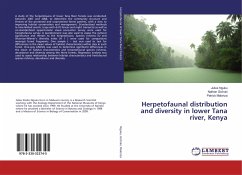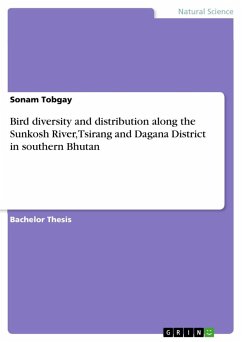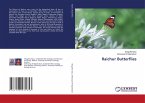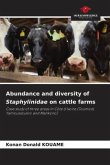A study of the herpetofauna of lower Tana River forests was conducted between 2007 and 2008, to determine the community structure and threats of the protected and unprotected forest patches, with a view to improving habitat conservation and management. Standardized methods (a time-limited search, traps with drift fences and night transects) as well as un-standardized opportunistic visual encounter survey were used for herpetofauna survey. A questionnaire was also used to assess the cultural significance and threats to the herpetofauna. Species richness (S) and Shannon-Wiener's diversity index (H 1 ) were used for comparisons amongst forest fragments. One sample t - test was used to test for differences in the mean values of habitat characteristics within sites in each forest. One-way ANOVA was used to determine significant differences in the mean of habitat characteristics and herpetofaunal species richness, abundance and diversity among the three forests. Regression analysis wasused to assess relationship between habitat characteristics and hertofaunal species richness, abundance and diversity.
Bitte wählen Sie Ihr Anliegen aus.
Rechnungen
Retourenschein anfordern
Bestellstatus
Storno








